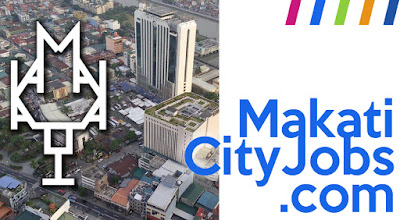As soon as I had deplaned, I wasted no time heading out to the hills. En route to Murcia, so many thoughts were going through my head. This scene was all too familiar yet so different. Ever since the internet came on decades ago, I have always had my eye on digital technology. Yet, no matter how far we have come in terms of advancement in IT, my heart has always been tugged on by agriculture.
I grew up going to the farm weekly with my late dad. I have viewed this scene repeatedly in my younger days. With those images playing in my mind, I could not help but think, "What would it be like for Philippine agriculture down the line?".
If statistics be the basis, our agricultural sector has been the laggard in development with regards to the economy for the last few years. The only robust agricultural output dates back to 1999 when Agriculture Secretary Ed Angara used to head the department. After that, the growth rates have stagnated and clearly outperformed by the industrial and services sector of the economy. In fact, there are those who say that agriculture is pulling down the growth numbers of the national economy.
Thus, should we finally surrender on our agriculture as a driver of national economic growth?
What are the indicators?
1. Declining share in total output and employment.
2. The younger generation has shown a disdain for agriculture as a career and livelihood
If we are to compare ourselves with ASEAN neighbors, these past 25 years, their growth was based on industry and services.
Rural households attribute their growth in incomes not to farming or agriculture but to non-farm incomes such as remittances from OFWs.
So, given these indicators, agriculture seems to be a sunset industry if we look at it in a simple minded manner.
Should we then turn away from agriculture and focus our economic growth efforts elsewhere?
Given the demographics of the Philippine population, most of the population still resides in rural areas where agriculture is the natural source of income and employment. The skill set of our rural population is still oriented on agricultural skills.
Agriculture is labor intensive and the generated income by its workers end up in downstream industries that includes retail. They still have to buy clothing, appliances, school supplies for the children and of course, processed food. The mantra of "inclusive growth" has been talked to death and yet a vibrant agricultural sector is far from what we see. Have we given up on agriculture as a means for poverty alleviation?
On our end who view it from the delusive comforts of urban life, it is easy to say that what is needed is to overhaul the agricultural system beginning with what crops are needed to generate revenues so as to buy food and other needs of the rural population. Infrastructure must be approached from a wholistic structure that is coherent and responsive to the needs of the whole agricultural sector. Another critical part is national food security wherein a significant agricultural output is put to good use for local consumers. A farm to fork infrastructure. This we see happening in pockets around Negros Island, which is now touted as the Organic Farming Capital of the Philippines.
Agriculture is not a declining sector but a sector wherein its importance continues to grow since it will be the driver for rural growth, economic inclusivity and national food security.
Share this post:
Share this site:
Related Post:
Every weekday, close to two million people flock to the Makati City Central Business District to work, deal, shop, or do commerce. Makati accounts for close to three quarters of Metro Manila’s prime office space inventory and is home to the highest concentration of local and multinational corporations in the Philippines
......Find a Job













